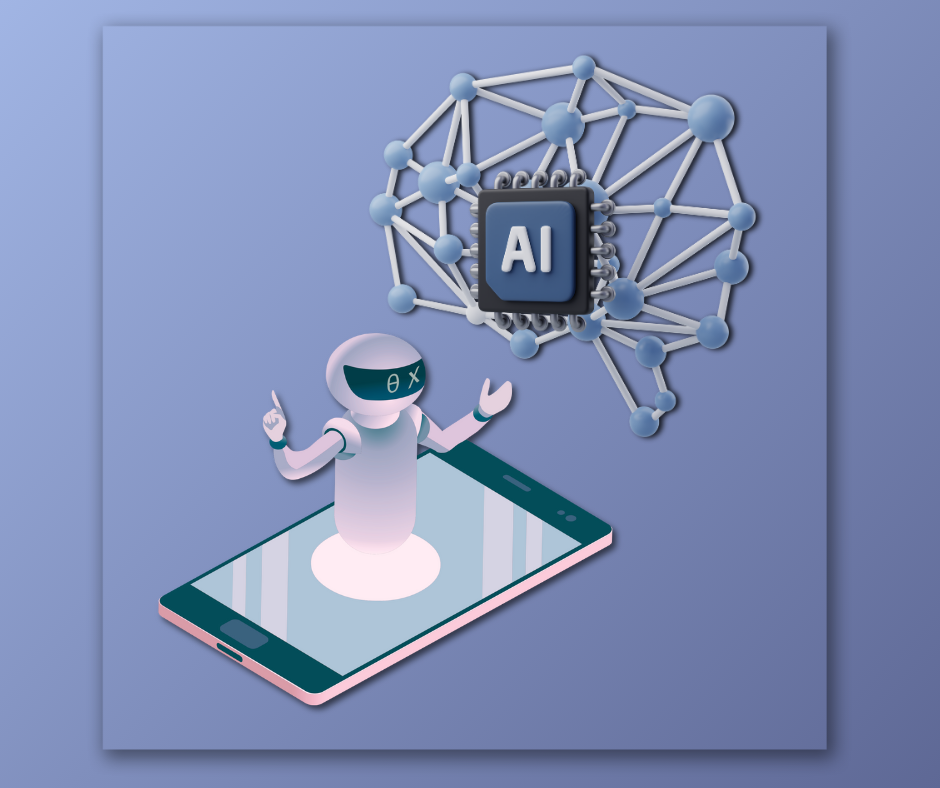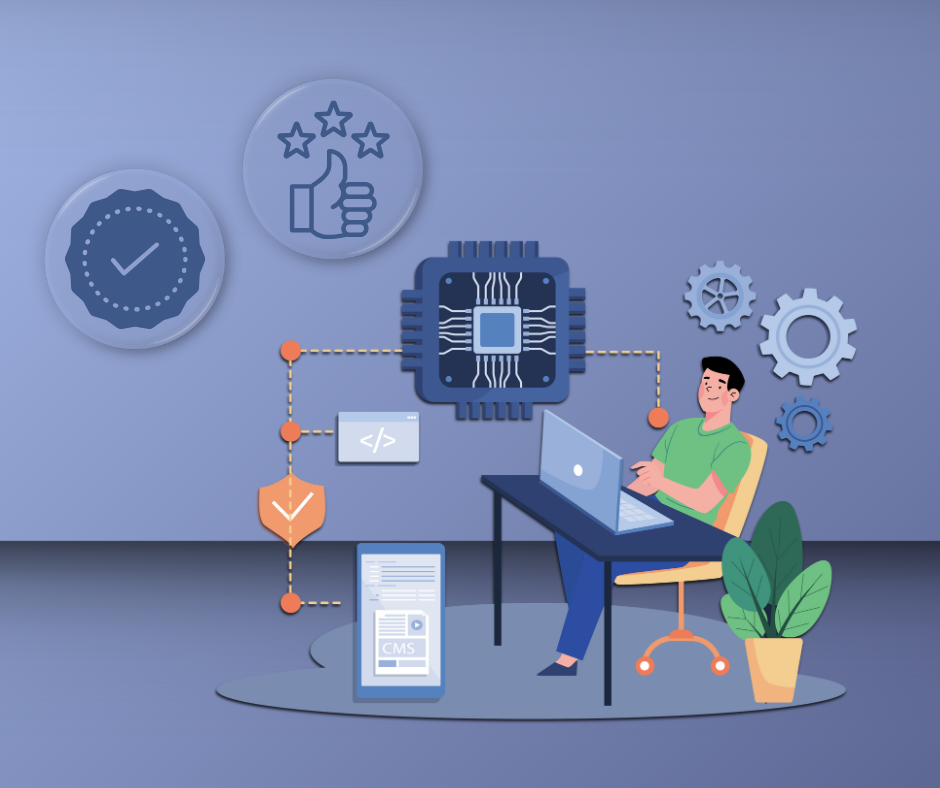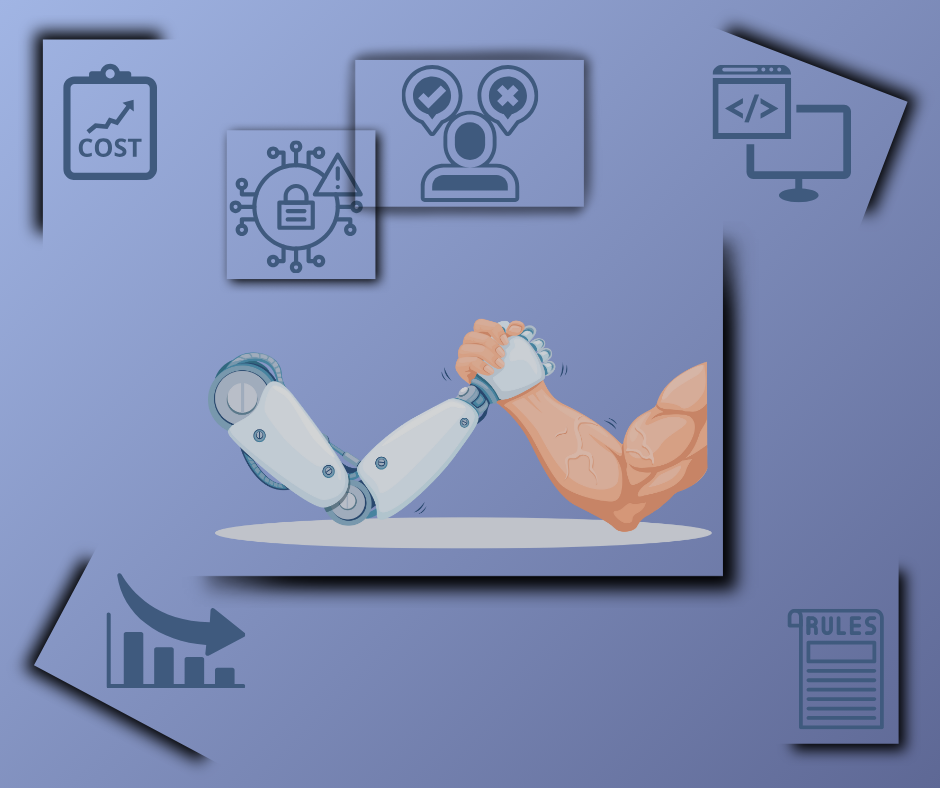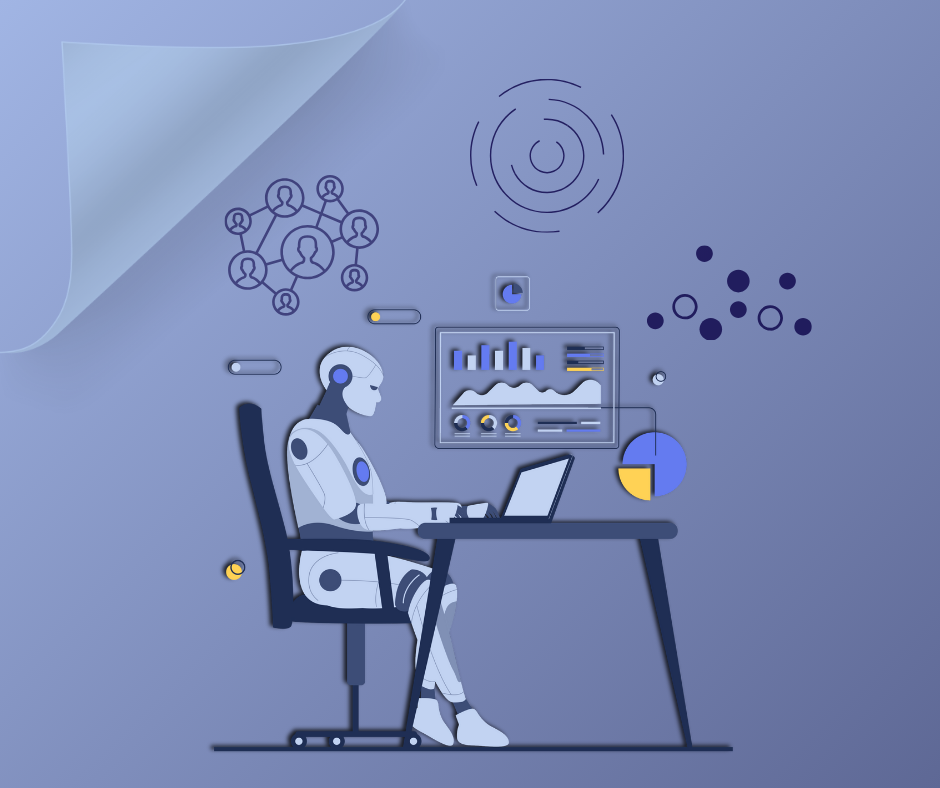Artificial Intelligence Programming Robots
Robots with Artificial Intelligence combine the power of technology with the intelligence of programming in an innovative way. Imagine AI functioning as the brain of the robot, helping it make decisions independently based on the information it receives. This smart collaboration makes robots more flexible and adaptive, opening up new opportunities to discover innovative solutions across various fields.

Examples of AI programming robots
• Siri:
Siri is one of the well-known AI-powered virtual assistants used in Apple devices like iPhone and iPad. Users can speak to Siri, ask questions, or give commands, and Siri executes them based on its understanding of natural language.
• Alexa:
Alexa, developed by Amazon, is one of the most popular AI-powered virtual assistants. Users can interact with Alexa via voice commands, such as requesting music, news, or controlling smart home devices.
• Google Assistant:
Google Assistant is a program that runs on smartphones and tablets and is one of the most widely used AI applications. Users can inquire about information and request assistance with specific tasks.
• Sophia:
Sophia is one of the most famous AI-powered robots. Developed by Hanson Robotics, Sophia is capable of interacting with humans, answering questions, and understanding human emotions to some extent.

Advantages of AI Programming Robots
• Superior Performance:
AI-powered robots excel in accuracy and efficiency when completing tasks, thanks to their ability to analyse data and make intelligent decisions.
• Increased Productivity:
AI robots help complete tasks faster and more efficiently, leading to a noticeable boost in productivity.
• Quality Improvement:
AI robots ensure high-quality task execution by following instructions accurately and avoiding human errors.
• Cost Reduction:
AI robots contribute to reducing production and operating costs by efficiently performing tasks without the need for expensive human labour.
• Working in Hazardous Environments:
AI robots can be used in dangerous or unsuitable environments for humans, such as workplaces with extreme temperatures or polluted areas.
• Operation:
AI robots can operate around the clock without the need for breaks or rest, increasing work efficiency.
• Adaptability to Change:
AI robots are characterized by their ability to adapt to environmental changes or work requirements, making them suitable for various conditions.
• Ease of Maintenance:
AI robots are easy to maintain and repair, which helps reduce operating costs.
• Enhanced Safety:
AI robots improve workplace safety by taking on hazardous tasks instead of human workers.
• Scalability:
The scope of AI robots can be easily expanded to meet growing business needs.

Challenges of AI Programming Robots
• High Cost:
The cost of purchasing and operating AI robots can be high for some organizations, particularly small and medium-sized enterprises.
• Impact on Human Labour:
The use of AI robots may lead to the loss of some human jobs, which could increase unemployment and cause social issues.
• Ethical Concerns:
There are ethical concerns regarding the use of AI robots, such as the possibility of their use for harmful purposes, like warfare or espionage.
• Programming Complexity:
Programming AI robots requires advanced skills in computer science and artificial intelligence, limiting the number of people who can program and use them.
• Difficulty in Adapting to Changing Environments:
AI robots may struggle to adapt to rapidly changing or unpredictable environments, which can limit their effectiveness in certain tasks.
• Lack of Data:
AI robots require large amounts of data to learn and improve, which may limit their ability to operate in fields that lack sufficient data.
• Cybersecurity Risks:
AI robots can be vulnerable to cybersecurity attacks, which may lead to data theft or disruptions in their functionality.
• Lack of Regulations:
There is a shortage of laws and regulations governing the use of AI robots, which could lead to their misuse.
Nevertheless, there are numerous efforts being made to overcome these challenges, such as:
• Developing More Affordable AI Robots:
Many companies are working on developing more cost-effective and user-friendly AI robots.
• Retraining and Upskilling Human Labour:
Governments and organizations are focusing on retraining and upskilling human labour to help them adapt to the new demands of the job market.
• Establishing Laws and Regulations to Govern AI Robots:
Governments are working on creating laws and regulations to govern the use of AI robots and ensure their responsible application.
The Future of AI Programming Robots
The field of AI programming robots is expected to see significant growth in the future, thanks to rapid advancements in artificial intelligence, machine learning, and robotics. Here are some predictions for the future of AI programming robots:
• Increased Intelligence of Robots:
AI robots are expected to become smarter, with greater learning capabilities and the ability to adapt to various environments.
• Enhanced Robot Capabilities:
AI robots are predicted to become more capable of performing complex and sensitive tasks.
• Widespread Use of Robots:
AI robots are expected to be widely used across various sectors, such as industry, healthcare, education, and logistics.
• Integration with Other Systems:
AI robots are anticipated to be integrated with other systems, such as customer relationship management (CRM) systems or enterprise resource planning (ERP) systems.
• Emergence of New Robots:
New robots with advanced capabilities and functions are expected to emerge, offering innovative solutions in various fields.
Conclusion
AI robots represent a transformative leap that can make a significant impact on our daily lives. With their exceptional capabilities, we can now benefit from them in various fields such as industry, healthcare, education, and even logistics. This technology is not just a tool but a true partner that helps improve performance, foster innovation, and deliver smoother and faster experiences. Whether you're looking for smart solutions to develop your business or enhance your quality of life, AI robots are the future, bringing endless opportunities with them.

.webp)


